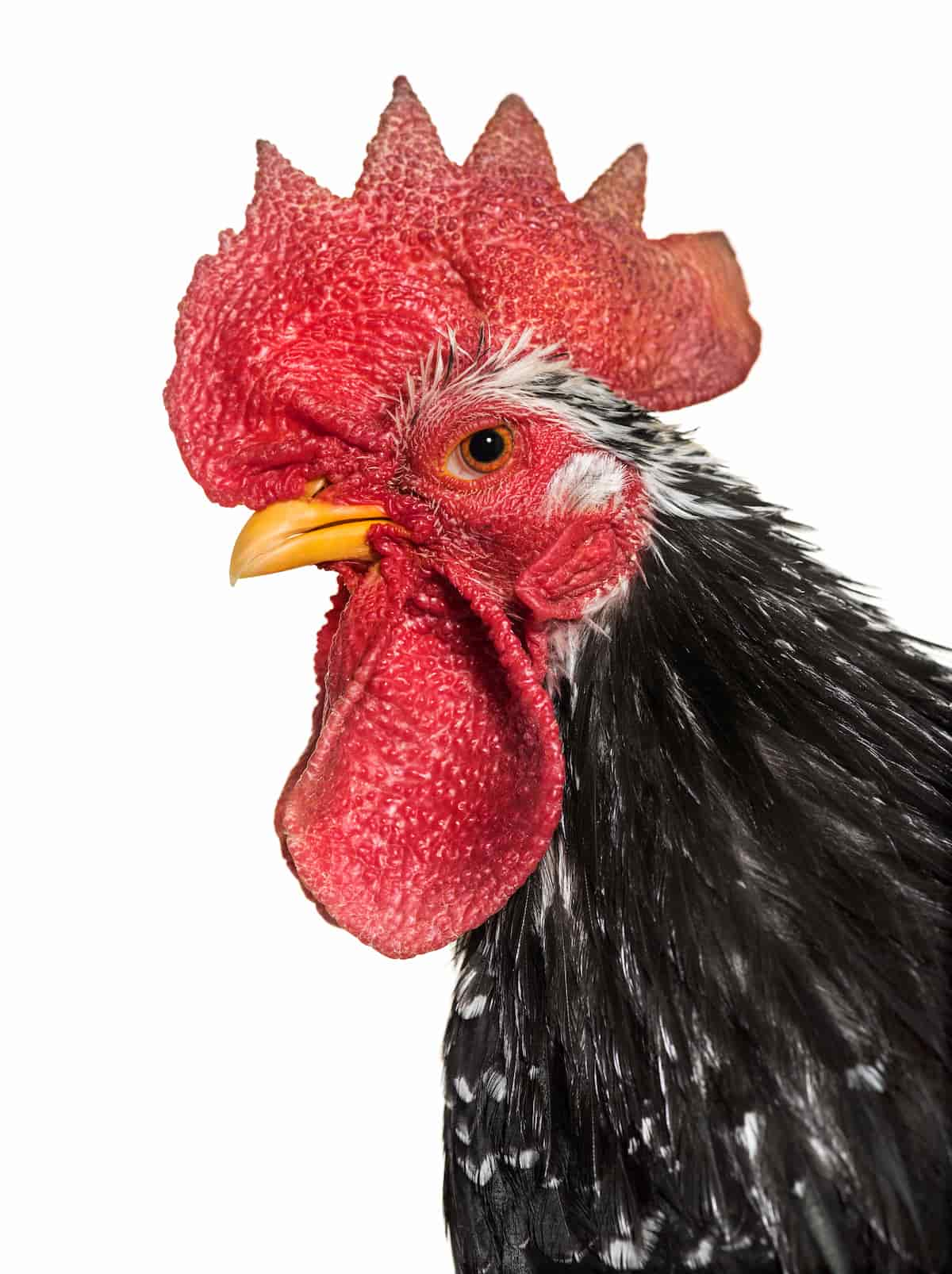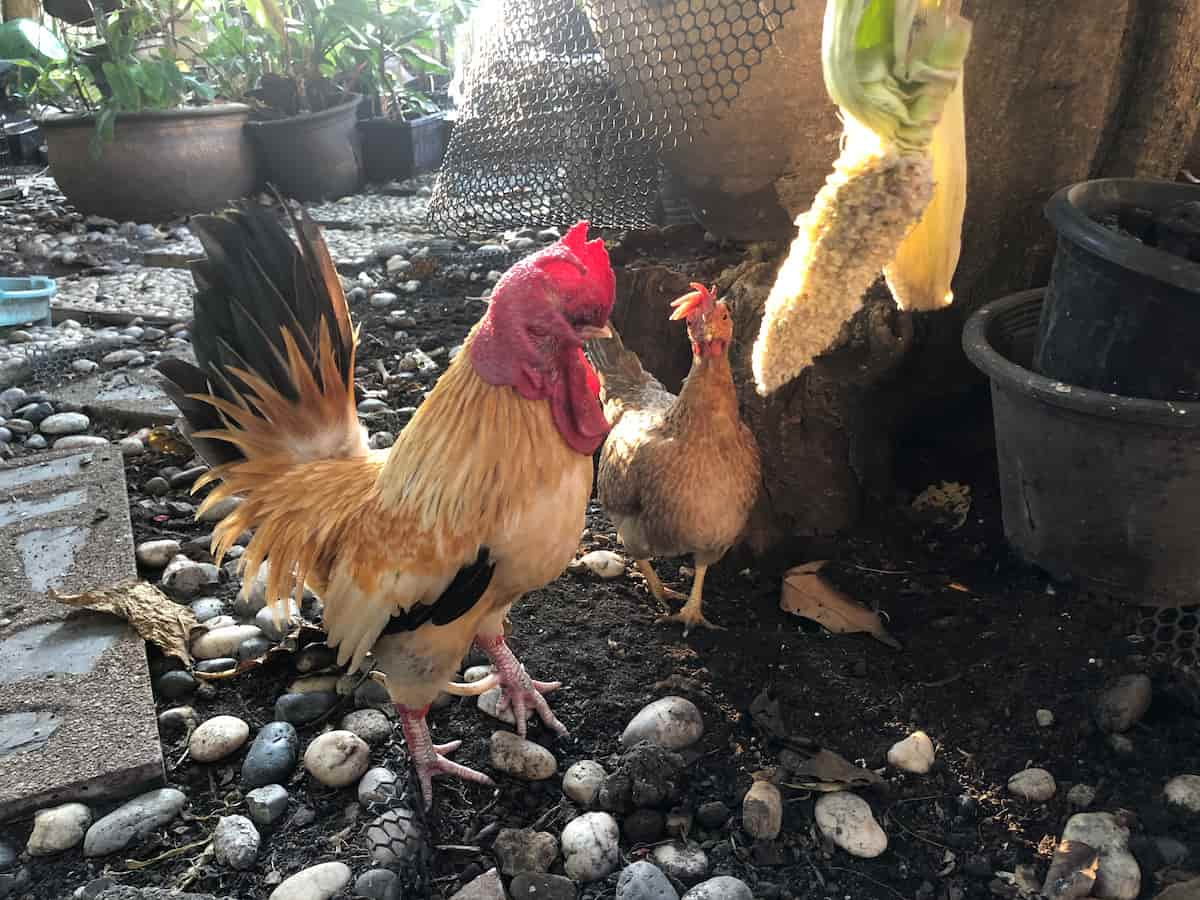The Japanese Bantam chicken breed is becoming increasingly popular among poultry lovers worldwide. The Japanese Bantam Chicken Breed is one of the most popular ornamental breeds in the world. Their striking appearance and unique features make them excellent pets and exhibition birds.

Guide to Japanese Bantam Chicken Breed
Characteristics of Japanese Bantam Chickens
- One of the reasons why this breed has been able to maintain its popularity over centuries is because of its unique appearance.
- Japanese Bantam Chickens are small yet stand out with their unique appearance. Their body is round and plump, which gives them a cute look.
- They have short legs and wings that touch the ground, making them appear even smaller.
Japanese Bantam Life Span
- The average life span of Japanese Bantam Chickens is up to 13 years with proper care. Genetics, diet, living conditions, and medical care play a crucial role in determining the lifespan of these chickens. Providing them with a healthy and balanced diet and plenty of exercise can help increase their lifespan.
- It’s important to note that Japanese Bantams are prone to certain health issues, such as Marek’s disease, so vaccinating them early is essential. Regular check-ups by a veterinarian also help identify any potential health problems before they become serious.
- Another factor contributing to Japanese Bantams’ longevity is providing them with appropriate living conditions. They should have enough space for exercise and roosting while also being protected from harsh weather conditions and predators.
Housing for Japanese Bantam Chickens
Housing is an important aspect of caring for Japanese Bantam Chickens. These birds are small and delicate, so their living space must be comfortable and secure. The coop should have enough space for the chickens to move freely, with at least two square feet per bird. The coop must also be well-ventilated to prevent respiratory infections, but not too drafty as this can cause health issues in your birds.
Nesting boxes should be provided for the hens to lay eggs comfortably. A minimum of one nesting box should be available per three hens. The coop floor can be made of wood shavings or sand since these materials provide a soft surface easier on the chicken’s feet than hard flooring like concrete. Ensuring ample light inside the coop helps keep it dry while reducing humidity levels which could lead to respiratory problems among your feathered friends.
How to Care for Japanese Bantam Chickens
- These birds require special attention, especially regarding their housing needs. Ensure your chickens stay healthy and happy and have adequate space in their coop.
- Aside from providing ample living space, it would help to keep an eye on the temperature inside the coop. During hot weather conditions, provide shade and ventilation; during cold weather, use heating lamps or other forms of warmth to prevent them from getting sick.
- Japanese Bantam Chickens enjoy dust baths, so add sand or fine dirt to their run area. Regularly clean the chicken coop since bacteria build-up can cause illness among these delicate creatures.
In case you missed it: Ultimate Guide to Shamo Chicken Breed: Characteristics, Care, Feed, and Care

Japanese Bantam Weight
Roosters or male birds usually weigh between 1.1 to 1.3 pounds, while hens or female birds are slightly lighter, weighing around 0.88 to 1.1 pounds. Despite their small size, these chickens have a lot of personalities. They are curious and active creatures that love to scratch around and explore their surroundings.
What to Feed Japanese Bantam Chickens?
- One of the essential aspects of raising Japanese Bantam chickens is feeding them a balanced and nutritious diet. These tiny birds have small stomachs, so it’s crucial to provide them with high-quality feeds that will meet their nutritional requirements.
- Japanese Bantams need a well-balanced diet that contains protein, carbohydrates, vitamins, and minerals to promote healthy growth and feather development.
- Layer feeds typically contain more calcium required for egg production. However, too much calcium intake may cause kidney problems in these small birds; therefore, it’s important not to overfeed them with such food. Always ensure clean water throughout the day since chickens consume lots of water relative to their size.
Japanese Bantam Chicken Egg Production
- Japanese Bantam Chickens are known for their small size and unique appearance. However, they also make excellent egg producers despite their diminutive stature.
- The hens lay relatively small eggs in shades of white to light brown. These eggs pack a nutritious punch with high protein content and rich flavor.
- On average, Japanese Bantams lay around 75 lovely tiny eggs yearly, depending on different factors like age, diet, and climate. While this may be less than some larger breeds, it’s important to remember that these birds were not primarily bred for their productivity like commercial layers.
Health Care for Japanese Bantam Chickens
- One way to keep your birds healthy is by providing them with a clean and safe living environment. Ensure their coop is properly ventilated, as poor air quality can contribute to respiratory issues.
- Regularly inspect your birds for any signs of illness or injury. This includes checking for abnormal behavior, such as lethargy or lack of appetite, and examining their feathers and skin for abnormalities.
- Another crucial aspect of maintaining the health of your Japanese Bantam chickens is providing them with a balanced diet that meets all their nutritional needs. Always provide them with fresh water, as dehydration can lead to serious complications.
- Establishing a relationship with an avian veterinarian specializing in poultry care is also important. They can offer guidance on preventative measures you can take and diagnose and treat any illnesses that may arise.
In case you missed it: Ultimate Guide to Indian Game Chicken Breed: Characteristics, Care, Feed, and Health Care

Conclusion
The Japanese Bantam Chicken Breed is a popular breed of chicken that has been around for centuries. Its unique appearance, and lively disposition make it an excellent addition to any backyard flock. One of the main purposes for keeping Japanese Bantams is for exhibition or showmanship. These chickens possess beautiful plumage and come in various colors, making them ideal exhibition birds.
- Feed Your Flock for Less: Top 10 Tips to Save on Chicken Feed
- Ultimate Guide to Ossabaw Island Hog: Breeding, Raising, Diet, and Care
- Hatching Answers: The Top 10 Reasons Your Chickens Aren’t Laying Eggs
- Eggs and Economics: Breaking Down the Cost of Raising Backyard Chickens
- Defend Your Greens: Proven Methods to Keep Iguanas Out of Your Garden
- Ultimate Guide to Cinnamon Queen Chicken: A Comprehensive Guide for Beginners
- Ultimate Guide to California Tan Chicken: Breeding, Raising, Diet, Egg-Production and Care
- Ultimate Guide to Marsh Daisy Chicken: Breeding, Raising, Diet, and Care
- 10 Types of Chicken Farming Businesses You Can Start for Profits